Wowzers.
I am so sorry this post is late.
My plan was to have it posted last Thursday. You can see how well that went. Instead, I was at the TpT conference having fun and learning. Obviously, my time management skills need some work. I will add that to the to do list. Maybe making a to do list would help with that whole time management thing….
Anyhow.
This chapter is another beast. For real. It growled at me when I tried to read it on the plane. Then, it distracted me with pretzels.
At almost 75 pages of heavy, intense text, my brain is oozing. I have done my best to summarize and synthesize the information for you, while respecting Dr. Richardson’s work.
If you have considered purchasing this book, I HIGHLY suggest it! Here is an affiliate link!
Let’s talk about what a fluent reader is, first of all!
If a student is reading at a level N and still needs to work on decoding, fluency, or retelling, the student will still be considered a transitional reader and will still follow those plans and strategies.
I thought this was a big “AHA!” moment for me! So much of guided reading has been dependent on “the letter,” that sometimes I wonder if I lost sight of the READER. I think this makes the teacher more thoughtful about where the reader is and what he or she needs.
As always, Dr. Richardson focuses on thoughtful assessment. She uses an Assessment Summary Chart to determine which strategies readers need to focus on.
I found a copy of the summary chart online. You can find it
here. The link also includes directions.
After completing the summary chart, use the information to form groups. I love the emphasis Dr. Richardson placed on the READER. She really stressed teaching the reader and not the text.
I loved this quote. After Mosaic of Thought and Reading with Meaning, I went nuts teaching the strategies…sometimes at the expense of the reader. I wish I had read this book, about thoughtfully using the strategies to propel the reader, a long time ago!!
You may recognize many of the strategies that are focused upon in the guided reading lessons. They have been around awhile.
I retyped the chart so that it was easier for me to read. You can use this as a cheat sheet for sentence stems for students. You could use this in mini lessons or conferences as well- it is just all around good stuff! Not just good for guided reading! You can download the chart for
FREE here.
After selecting a strategy focus for each group, select an appropriate text. Most students are most successful with fiction text. Almost any comprehension strategy can be applied to a fiction book. Richardson notes that if you are teaching inferring, you will need to preread the book first to make sure it is meaty enough to contain inferences.
She also suggests using short stories, nonfiction articles, biographies, magazine articles, and poetry. If you have difficulty finding these, I did find some resources for you.
I have written several nonfiction leveled readers that are perfect for small group. The books are one page, front and back. Each pack contains a beginning, mid, and end 3rd grade text, which is perfect for fluent readers. The packs also include ready to go lessons and activities for guided reading! Just click on the
picture to download a document with links to each pack.
After selecting the text, you can choose a strategy to focus on based on the student’s need. Here is the lesson plan I found on Dr. Richardson’s website. I didn’t redo it, because I thought it was really good- you can just click on it and type in it!
You can download the free lesson plan when you
click here. Simply look under the lesson plan section.
Richardson talks in depth about comprehension scaffolds.
She classified literal, interpretative, and evaluative comprehension for pretty much each strategy. She suggested beginning with literal comprehension since it is the most explicit before moving to interpretative or evaluative comprehension.
For the next 50 pages of the book she dives into each strategy and how to teach it on each level (literal, interpretative, and evaluative) of comprehension. I don’t feel like I can share the details of that from the book, because I don’t want to break her copyright.
Instead, I created a chart (similar to the one on page 246-247) to act as a reference for all the scaffolds.
Since there is SO MUCH TEXT it is easy to get lost and bogged down in finding HOW to teach something. This is like a small index for the chapter. You can find activities for each of the scaffolds and a page number on where to find how to teach it. This “index” is actually 3 pages long. To download it for FREE, simply click on the picture or
click here.
Whew! I KNOW I didn’t get it all, but I hope you where able to pull together some ideas from this chapter. Did you have any aha moments?
I did manage to do a Facebook Live video about Fluent and Transitional readers. However, the video is blurry in parts because of my internet connect! Agh! Hopefully you can still get some ideas!
Are you ready for the rest of the book study? Here is the schedule! We just have chapter 7 left!
If you want to catch up, click below to see the posts about the past chapters.
Do you feel like you need more help with reading instruction?
Sign up to have specific tips and strategies send straight to your email for FREE! You can sign up here! Please note, this is an additional, BRAND NEW newsletter that is separate from my blog newsletter. If you want to get these tips, you have to sign up here!
Use this image to pin for later, and come back here for Chapter Seven!
Mandy Gregory is a 2007 and 2012 Teacher of the Year. She has taught Kindergarten- 4th grades in both the general education and inclusion settings. She is currently a 1st grade Special Education teacher. She is the owner and creator of Mandy’s Tips for Teachers website (www.mandystipsforteachers.com) and has over 13 years of teaching experience. She is married with two beautiful children.


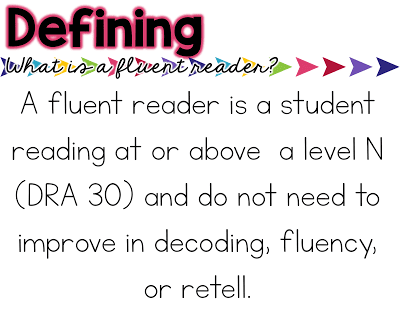
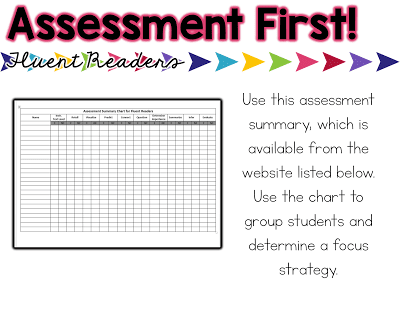
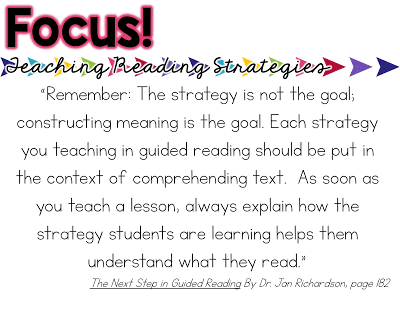
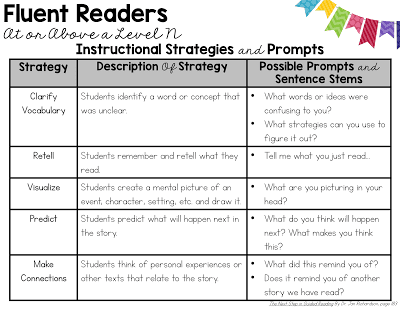
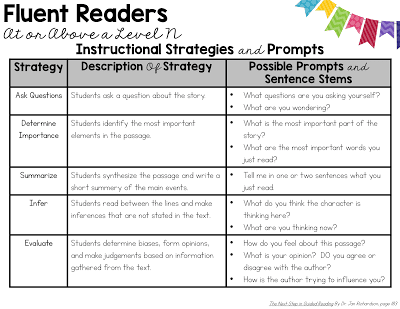
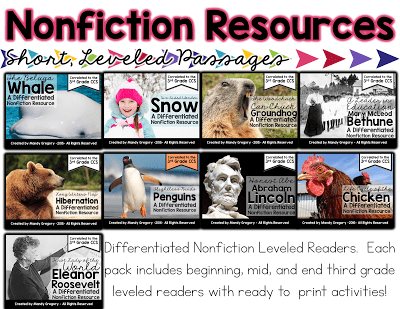
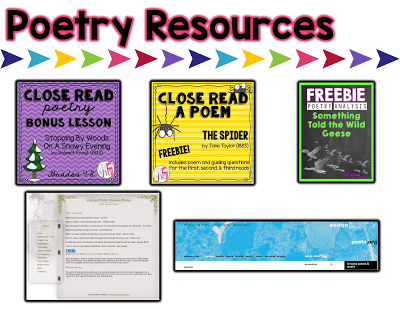



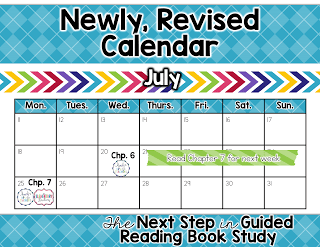





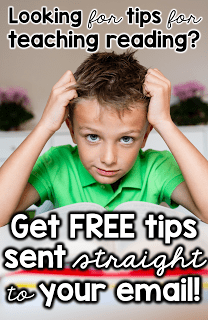
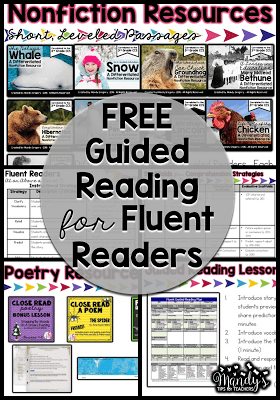
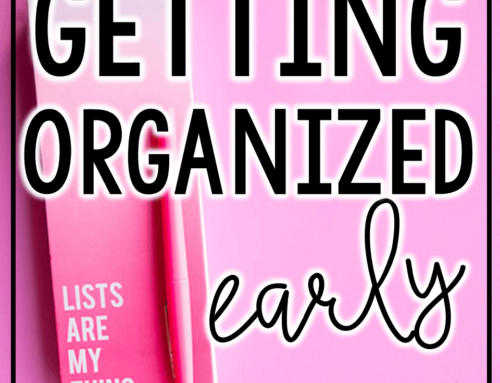

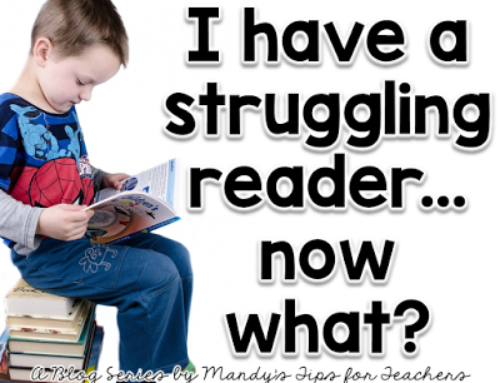
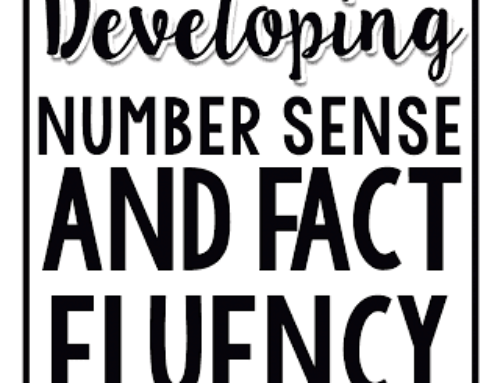

We are required to use "Jan Plans" in my school. I am so excited to use all of there resources and ideas you have shared this year. I've read the book several times before, but your study guides have made the information much more manageable, and I want to say thank you for taking the time to find resources that go with each chapter. I know my guided reading will be so much more effective thanks to you.
Thank you so much Megan!! Her information is great and there is so much usefully ideas in the book….but it is a lot to take in! LOL I am so glad these little cheat sheets have helped! This made my day!